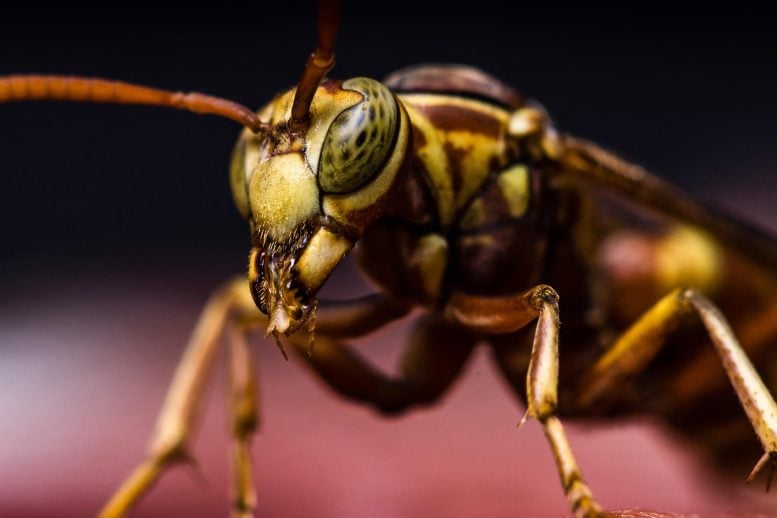
Scientists have sequenced the genomes of the European hornet and the yellow-legged Asian hornet for the first time, comparing them with the previously sequenced giant northern hornet genome. Hornets are effective invasive species, having adapted to new environments and prey. The study revealed rapid genome evolution, with many duplicated or mutated genes, particularly those related to communication and olfaction. Understanding these genomes may help manage hornet populations, supporting their pest control role in native ecosystems and mitigating their ecological threat in invaded regions.
Researchers at UCL sequenced the genomes of two hornet species, uncovering rapid genome evolution that may explain their success as invasive species, which could help manage their populations and ecological impact.
The genomes of two hornet species, the European hornet and the Asian hornet (or yellow-legged hornet) have been sequenced for the first time by a team led by UCL (University College London) scientists.
By comparing these decoded genomes with that of the giant northern hornet, which has recently been sequenced by another team, the researchers have revealed clues suggesting why hornets have been so successful as invasive species across the globe.
Hornets are the largest of the social wasps; they play important ecological roles as top predators of other insects. In their native regions, they are natural pest controllers, helping regulate the populations of insects such as flies, beetles, caterpillars and other types of wasps. These services are critical for healthy, functional ecosystems, as well as for agriculture.
But hornets also tend to be very successful as invasive species. They can become established in areas they are not native to and cause potentially huge ecological and economic damage by hunting important pollinators, such as honeybees, wild bees and hoverflies.
To better understand how these species have so successfully expanded their ranges, the international team of scientists investigated the genomes of three types of hornets.
A genome sequence is the set of instructions – a genetic code – that makes a species. Comparing the genomes of different species can give insights into their biology – their behaviour, evolution, and how they interact with the environment.
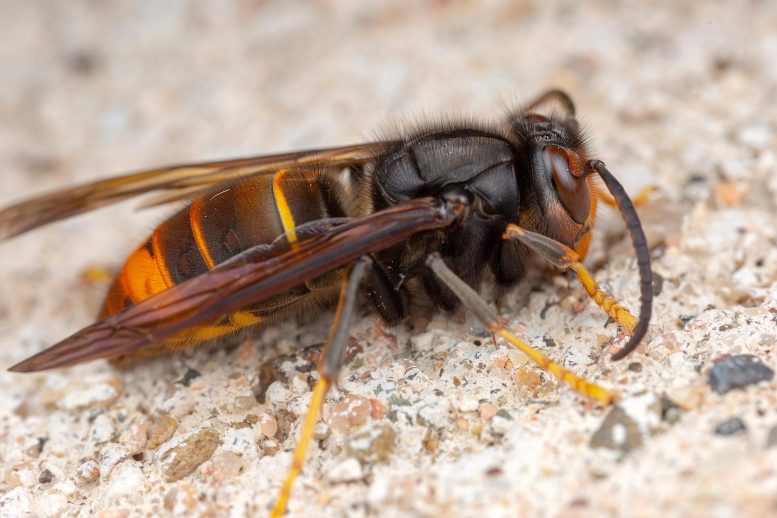
The Asian hornet (Vespa velutina) is a species of hornet native to Southeast Asia. It is an invasive species in many parts of Europe and has also been spotted in some parts of North America. The Asian hornet is slightly smaller than the European hornet, with distinctive yellow legs and a dark velvety thorax. Its sting can be very painful and even deadly to people who are allergic. The Asian hornet is a predator of bees and other insects, which can have a significant impact on local ecosystems and agriculture.
The researchers have newly sequenced the genomes of the native European hornet, Vespa crabro – an important top predator, which is protected in parts of Europe – and the invasive yellow-legged Asian hornet Vespa velutina, which has become established through much of Europe over the last 20 years threatening native ecosystems, and has occasionally been sighted in the UK. They compared these with the genome of the giant northern hornet, Vespa mandarinia – a species known for its role as pest controller, pollinator and food provider in its native Asian range, but is a recent arrival in North America, where it may threaten native fauna.
By analysing differences between the three related species, the researchers were able to identify genes that have been rapidly evolving since the species differentiated themselves from other wasps and from one another, and found some noteworthy genes that are rapidly evolving, particularly relating to communication and olfaction (smell).
The study’s first author, Dr Emeline Favreau (UCL Centre for Biodiversity & Environment), said: “We were excited to find evidence of rapid genome evolution in these hornet genomes, compared to other social insects. Lots of genes have been duplicated or mutated; these included genes that are likely to be involved in communication and in sensing the environment.”
Genome evolution allows organisms to adapt to their environment and make the most of their surroundings by developing new behaviours and physiology.
Co-author Dr Alessandro Cini, who began the work at UCL before moving to the University of Pisa, said: “These findings are exciting, as they may help explain why hornets have been so successful in establishing new populations in non-native regions.
“Hornets are carried to different parts of the world accidentally by humans. All that is needed is a small number of mated queens to be transported, hidden in cargo perhaps. The genomes suggest that hornets have lots of genes involved in detecting and responding to chemical cues – these may make them especially good at adapting to hunt different types of prey in non-native regions.”
Senior author Professor Seirian Sumner (UCL Centre for Biodiversity & Environment) said: “These hornet genomes are just the beginning. The genomes of more than 3,000 insect species have now been sequenced by efforts around the world, but wasps are under-represented among these.
“Genomes tell us about aspects of the ecology and evolution that other methods cannot. Evolution has equipped these insects with an incredible genetic toolbox with which to exploit their environment and hunt their prey.”
Armed with these new genomes, the scientists hope to help improve the management of hornet populations, both for their ecosystem services as pest controllers in native zones, and as ecological threats in regions where they are invasive.
Reference: “Putting hornets on the genomic map” by Emeline Favreau, Alessandro Cini, Daisy Taylor, Francisco Câmara Ferreira, Michael A. Bentley, Federico Cappa, Rita Cervo, Eyal Privman, Jadesada Schneider, Denis Thiéry, Rahia Mashoodh, Christopher D. R. Wyatt, Robert L. Brown, Alexandrina Bodrug-Schepers, Nancy Stralis-Pavese, Juliane C. Dohm, Daniel Mead, Heinz Himmelbauer, Roderic Guigo and Seirian Sumner, 21 April 2023, Scientific Reports.
DOI: 10.1038/s41598-023-31932-x
The study involved researchers in the UK, Italy, Spain, Israel, France, New Zealand, and Austria, and was primarily funded by the Natural Environment Research Council.

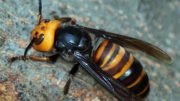
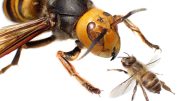
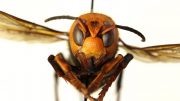
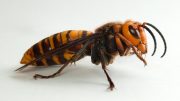
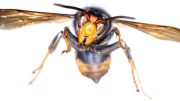
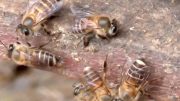
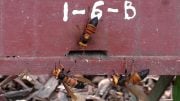
Be the first to comment on "Hornet’s Genetic Secrets Uncovered: The Key to Their Global Invasion Success"